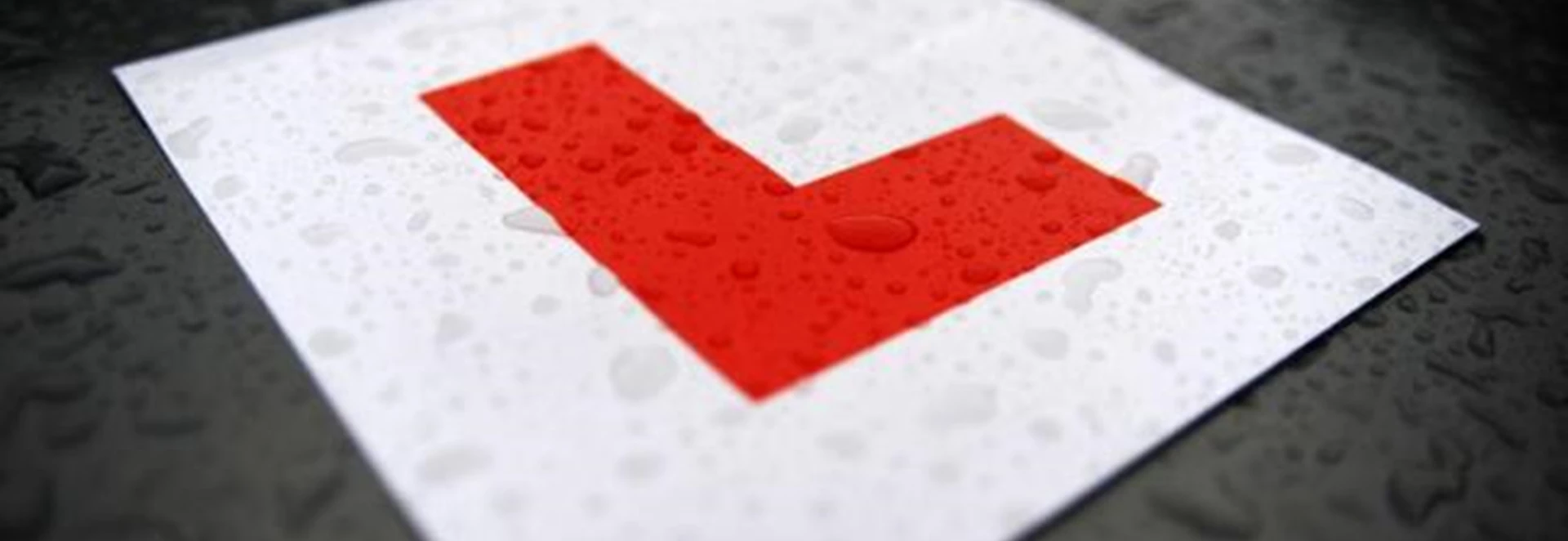The driving test in Britain is now 80 years old. While some voluntary types of driving test were created sooner, the 1st June 1935 was the date the driving test became compulsory.
It had a swift impact on the safety of Britain’s roads. The year before the driving test’s introduction, over 7,000 people were killed in motoring accidents, but this figure was reduced by 1,000 the following year.
Not surprisingly, the driving test has undergone some major changes and grown more complex within the last 80 years.
When it was first introduced, the test lasted only half an hour (rather than just over 40 minutes now) and cost just seven shillings and sixpence. That works out today to about 37.5p, a very enviable sum for today’s learner drivers who pay between £62 and £75 for a driving test.
It became more comprehensive in 1996, when a separate theory test was introduced, which still today has to be passed before taking a practical driving test. The theory test removed the need for the examiner to ask questions while the candidate was driving during the practical test itself.
The next major development came in 2002, when a hazard-perception test was integrated into the theory test. Since then, learners have had their awareness of hazards on the roads assessed with the use of various video clips.
In 2003, ‘show me, tell me’ questions were introduced as part of the practical test. It involves candidates getting asked two car safety and maintenance questions.
In 2010 a 10-minute ‘independent driving’ section was brought to the practical test. During this time period, the candidate must show they can drive safely and follow pre-determined directions (like following signs to a particular destination) without reminders from their examiner.
The most recent significant change to the driving test occurred in January this year, when the video clips previously used for the hazard-perception test were replaced with more modern films utilising computer generate imagery (CGI). These CGI clips allow for a wider variety of hazards to be shown, which drivers could potentially face on the road.




